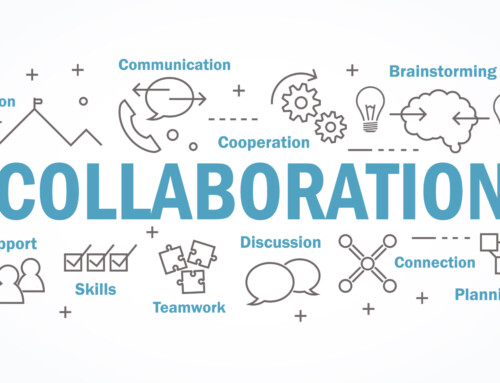The work of a change management professional is challenging—no question! When we approach any new implementation, our eyes widen and our heart rate quickens hearing about the proposed size, shape, objectives, and ambiguity of the challenge ahead. Then, as our thoughts begin to take shape, we get excited about the prospect of helping an organization undergo a successful strategic change.
I think of discovery for a change implementation as its due diligence — finding out what we need to know to make a successful strategic change happen. Due diligence is a term most often used in merger and acquisition work. Investopedia defines the term as:
- An investigation or audit of a potential investment. Due diligence serves to confirm all material facts in regards to a sale.
- Generally, due diligence refers to the care a reasonable person should take before entering into an agreement or a transaction with another party.
Doesn’t this describe what we do in a change management effort—confirming all material facts related to the investment being made in the organization (although some information may be more behavioral than material) and taking reasonable care to utilize those facts in a way that will lead to a successful “transaction,” in this case achieving the desired business objectives from the proposed change?
We perform our due diligence in order to achieve our own change management objectives for:
- Understanding how the organization previously responded to prior change initiatives
- Determining if and how the change initiative will be measured or audited
- Understanding the stakeholders and their gain/loss profile
- Understanding how the proposed business change resonates against the culture of the organization(s) and what may be different moving forward
- Setting the best strategy and design for transforming the current environment
- Accomplishing the significant work of change in a shorter time frame
And how do we accomplish these objectives using the fewest possible resources? There are three primary approaches we can use to streamline our processes and achieve these objectives, as well as the organization’s desired business results.
The first approach is to build and maintain a repository of organizational information to use as a starting point for new projects. Let’s look at the traditional due diligence process for some insight.
The article, “Acquisition Due Diligence: Starting Off on the Right Foot,” (published on the CBIZ Valuation Group, LLC website, with permission from Austin Business Journal) contains “an abbreviated checklist of issues.”
The major categories of information listed (Corporate Background, Financial Data, Products, Production Methods, Personnel, Facilities, Research and Development (R&D), and Legal) can serve as an outline for relevant organizational data to be gathered, documented, and inventoried so that the information is available to all major change projects, both now and in the future.
As an implementation project emerges and the business case for change is made clear, the relevant details can be abstracted and validated, rather than needing to perform “discovery from scratch” each time.
As the author emphasizes: Each due diligence plan must be tailored to the specific circumstances of the subject company. If a one-size-fits-all approach is employed, the acquirer runs a significant risk of doing too little. . .or doing too much. . .
The second approach to streamlining your due diligence (and the project as a whole) is to examine your change management methodology to ensure that it is scaled appropriately for the specific change implementation. In a Project Management Institute white paper, Sean Whitaker provides some guidelines for tailoring a methodology, not only to a specific project but to the resources and culture of a specific organization.
This paper emphasizes the benefits of not only using a methodology but also tailoring it. Survey results reported in the paper supported one conclusion: that organizations using a fully tailored, or customized methodology reported an 82% project success rate.
Additionally, by using agile practices, you can determine which change management activities can be streamlined and which documentation sets can be condensed or presented in summary form.
The third approach to streamlining due diligence and moving the project along more quickly is to check your organization’s SharePoint or other repository for existing project deliverables that can inform your current change deliverables. These deliverables can include strategies and designs, plans, assessments, organizational charts, and communication vehicles. They may be able to be adapted to the present change initiative or reconciled to the current organizational reality.
Using these three approaches can significantly impact the level of effort needed to implement a strategic change initiative. The magic comes in knowing your own organization’s tolerances and accurately evaluating the factors that will contribute most positively and negatively to the success of your initiative.
Build your information repository. Tailor your implementation methodology with the size, type, complexity, timing, culture, and stakeholders of your project –- 82% increased probability of success! Remember to look inside at internal repositories of information like SharePoint to find information that can inform your current initiative.
Congratulations! You’ve just completed due diligence for your change management project. How do you streamline your due diligence? Share your ideas on the Change Management Review Facebook page, or leave a comment below.



